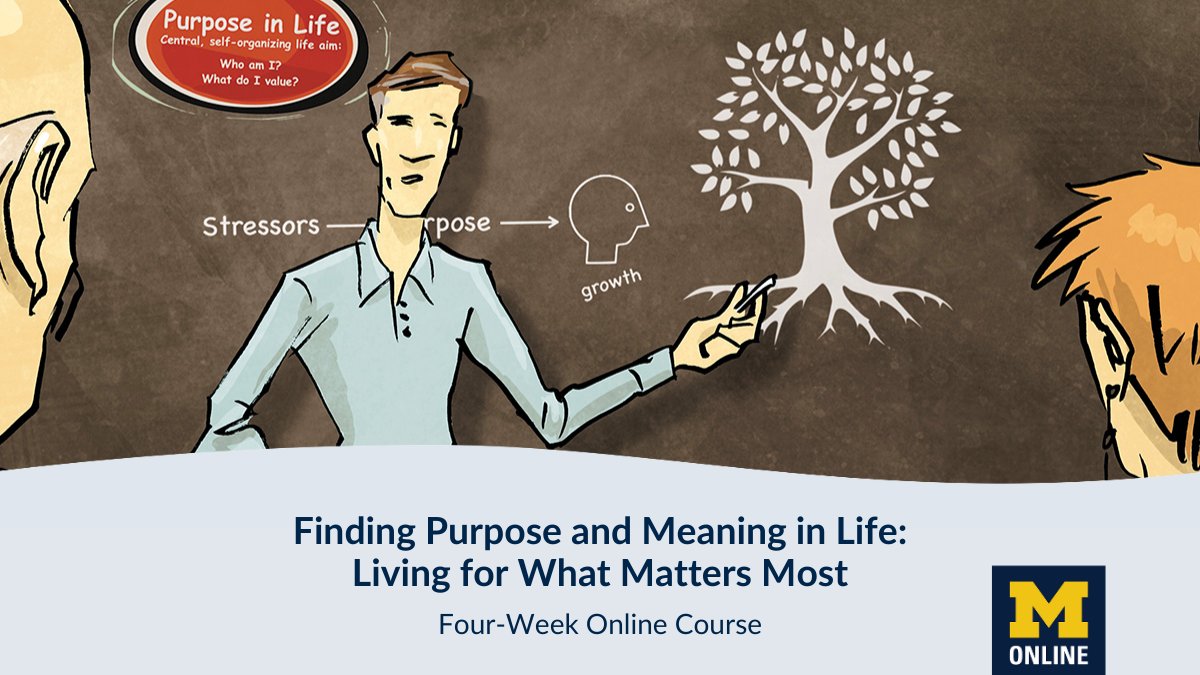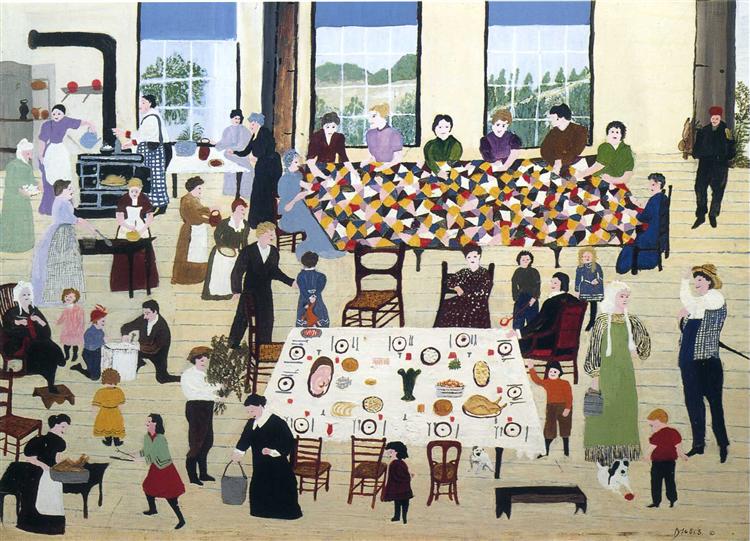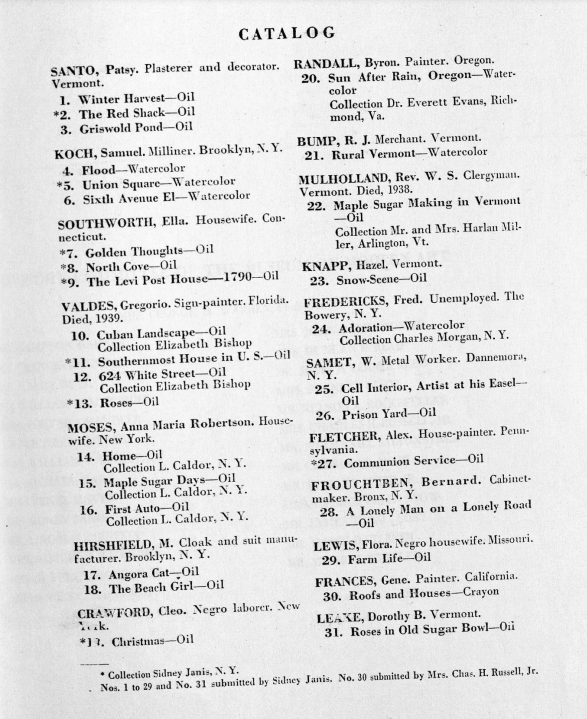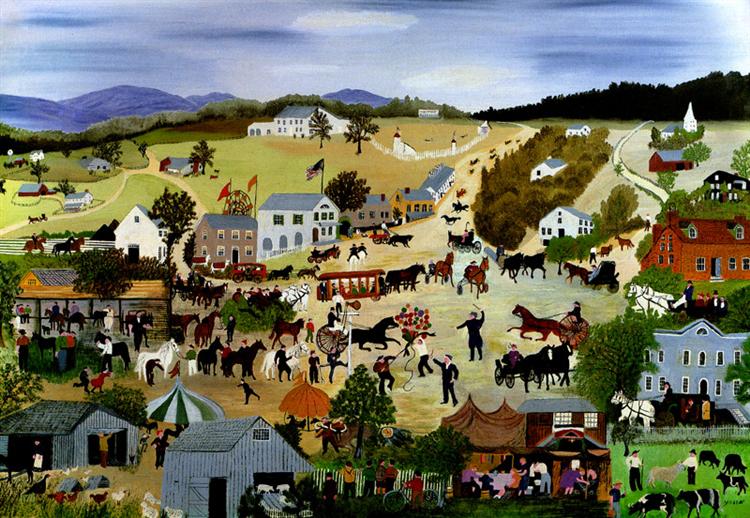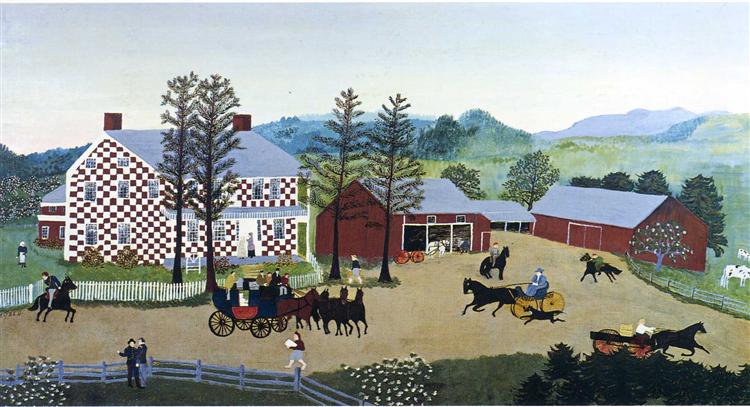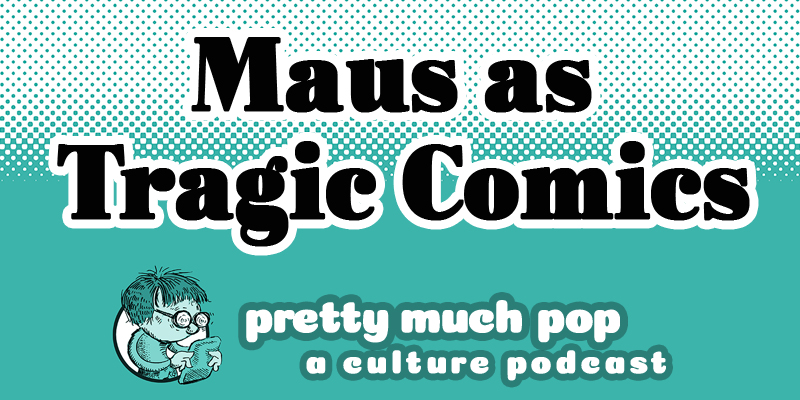“I was the young, lonely gay boy in the Midwest who had no idea paradise existed. Everything about the Pines was new, the very idea of a place where you could play on the beach and hold hands with a guy and be with like-minded people and dance all night with a man.” — photographer Tom Bianchi
Disco did not get demolished at Comiskey Park in 1979. It may have disappeared from popular culture after jumping the duck, but it never left the New York nightclubs that had nurtured its exuberant sound — Studio 54, Paradise Garage, The Sanctuary.… Four on the floor beats pounded all night in the dawning decade of the 80s, only the beat soon became house music, an electrified disco derivative — without the horns and string sections — first played in clubs by DJs like Larry Levan, who ruled the Paradise Garage for a decade and “changed dance music forever.”
The sounds of Manhattan nightlife at the turn of the 80s have gone mainstream, but stories about the early, underground days of house tend to leave out another scene just miles away, led by DJs as beloved as Levan.
For LGBTQ New Yorkers, the party moved every summer to Fire Island, where artists, vacationers, celebrities, and DJs crowded clubs like The Pavilion and the Ice Palace to hear DJs Robbie Leslie, Michael Jorba, Richie Bernier, Giancarlo, Teri Beaudoin, Michael Fierman, and Roy Thode, “whose performance at the Ice Palace showed how shimmery, guitar-driven disco slowly gave way to the driving bass of house music,” The New York Times notes.
Thode became a legend not only in the Fire Island summer scene but during his residency at Studio 54, at the personal invitation of club owner Steve Rubell. Fire Island DJs played records they heard in the off season at the island’s clubs, or debuted newly-released tracks. (Donna Summer’s “MacArthur Park” made its debut on the island, for example.) “Fire Island’s infamous bacchanals have gone on to become the stuff of gay myth and legend,” write Matt Moen at Paper. The island has also long been “an iconic refuge and safe haven for New York City’s queer community dating back well over half a century.” One resident calls it a “gay Shangri La.” Another compares it to Israel, a “spiritual homeland.”
Split between two towns, Cherry Grove and the Pines, the summer retreat has especially “been a haven for the creative,” says Bobby Bonnano, founder and president of the Fire Island Pines Historical Preservation Society. It has also been a hideaway for celebrities like Marilyn Monroe, Calvin Klein, and Perry Ellis. Bonnano’s extensive online history of the island documents its 20th century origins as a place for gay artists who built houses in a distinctive architectural style that defines the island to this day, and who partied hard at clubs like The Pavillion. The mixes here from Fire Island’s best DJs come from one such beach house, bought by Peter Kriss and Nate Pinsley, who discovered a box of tapes left behind by a previous owner.
The couple gave the box of tapes to their friend Joe D’Espinosa. A software engineer and DJ, D’Espinoza has spent “countless hours” digitizing, remastering, and uploading the collection to Mixcloud. The resulting archive represents a “treasure trove of recorded DJ sets,” spanning “two decades worth of parties,” Moen writes, from 1979 through 1999. The Pine Walk collection features more than 200 tapes (some from gigs in Manhattan),“taken from from Memorial Day weekenders, Labor Day parties, season openings and recurring club nights.” These are solid sets of vintage disco and classic house, many of them documenting the transition from one to the other. Browse and stream the full collection on Mixcloud.
Related Content:
Disco Saves Lives: Give CPR to the The Beat of Bee Gees “Stayin’ Alive”
Josh Jones is a writer and musician based in Durham, NC. Follow him at @jdmagness





